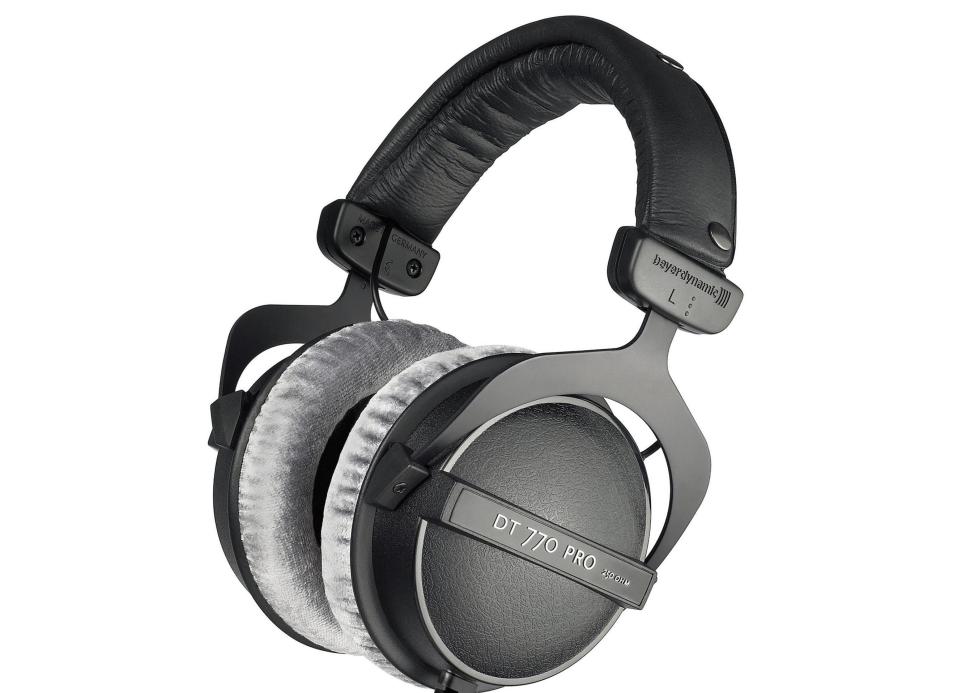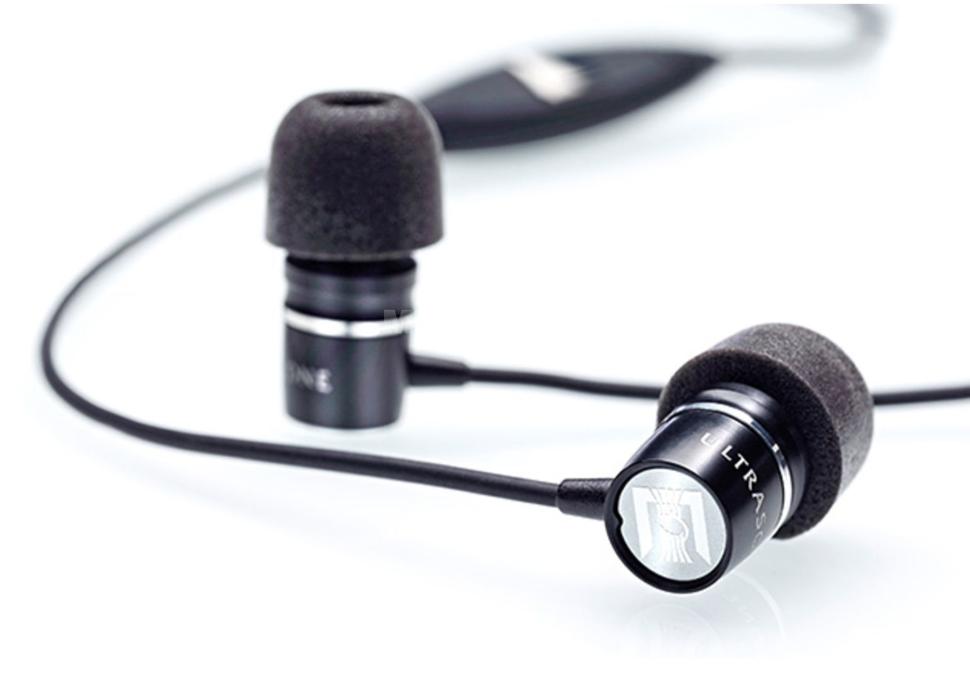1 Quiet Listening
A signal that is too loud causes an unpleasant feeling or even damage to the hearing, and not just in large studios. Headphones, in particular, invite users to listen too loud. Make sure to work at low levels. Another advantage to quiet monitoring is that it allows you to find out which tracks are too loud or too quiet.

2 Reference Systems
Creating a mix on headphones alone is not recommended; however, you do not need an expensive speaker setup. If you create a mix on headphones, you should use reference systems that you know well and use often. The system in your car, a Bluetooth box, or even a kitchen radio can be helpful here.

3 Crossfeed Plug-ins
Headphones provide a different stereo impression than speakers. The channels work separately, which is problematic for placement in the stereo field. The stereo image is created in the head and not in front of the nose and the panning is often misused. Crossfeed plug-ins like CanOpener Studio provide artificial crosstalk and improve playback.

4 Open-back Headphones
With open-back headphones, the housing of the auricle is permeable to air. This results in an open sound and a good spatial presentation. This design is, therefore, perfect for mixing. However, sounds are more audible from the outside than with closed systems. This can have a negative impact…especially in mobile applications.

5 Closed-back Phones
Here, the auricle is closed from the outside and not permeable to air. Exteriornoises are already well damped in these models due to their design. At the same time, however, the spatial presentation suffers, especially with regard to open-back variants in the same price range. Those who want the best of both worlds can fall back on semi-open systems.

6 In-Ear Systems
In-ear headphones are compact and, thanks to a tight fit in the ear canal, offer good isolation, but there are better systems for mixing. Inears have small drivers that show weaknesses… especially in the bass range. Bass reflex technologies can counteract this circumstance, but they are often accompanied by blurred mids.
More workshops?
In addition to our fixed series for Cubase, Logic, Ableton Live, Maschine, MPC and FL Studio, each beat issue contains page after page of useful workshops and tricks for producing, jamming, mixing, mastering, arranging and many other topics. So subscribe to Beat and don't miss any more tips.









